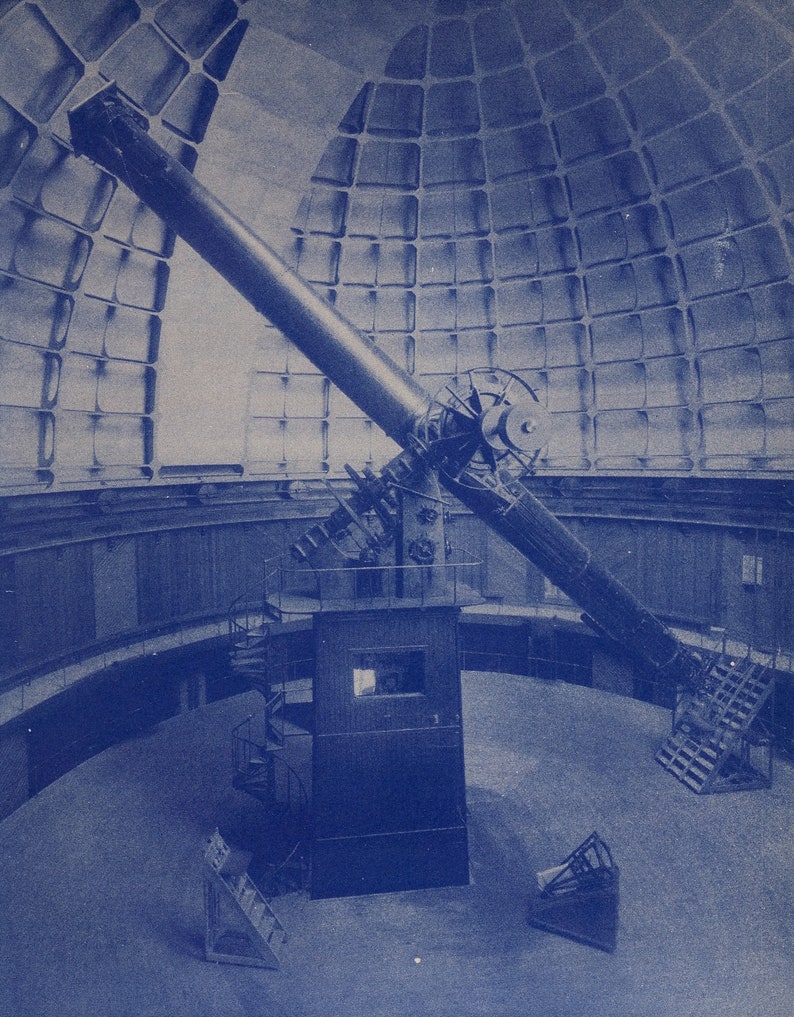
Because the image was formed by the bending of light, or refraction, these telescopes are called refracting telescopes or refractors.

Refracting telescopes can come in many different configurations to correct for image orientation and types of aberration. It equals the ratio between the retinal image sizes obtained with and without the telescope. The ratio β/α is called the angular magnification. The telescope converts a bundle of parallel rays to make an angle α, with the optical axis to a second parallel bundle with angle β. This refraction causes parallel light rays to converge at a focal point while those not parallel converge upon a focal plane. The objective in a refracting telescope refracts or bends light. The combination of an objective lens 1 and some type of eyepiece 2 is used to gather more light than the human eye is able to collect on its own, focus it 5, and present the viewer with a brighter, clearer, and magnified virtual image 6. Refracting telescope designs Īll refracting telescopes use the same principles. News of the patent spread fast and Galileo Galilei, happening to be in Venice in the month of May 1609, heard of the invention, constructed a version of his own, and applied it to making astronomical discoveries. The first record of a refracting telescope appeared in the Netherlands about 1608, when a spectacle maker from Middelburg named Hans Lippershey unsuccessfully tried to patent one. Refractors were the earliest type of optical telescope. Refracting telescope is a technology that has often been applied to other optical devices, such as binoculars and zoom lenses/ telephoto lens/ long-focus lens. Originally, telescopes had an objective of one element, but a century later, two and even three element lenses were made. Refracting telescopes typically have a lens at the front, then a long tube, then an eyepiece or instrumentation at the rear, where the telescope view comes to focus. A refractor's magnification is calculated by dividing the focal length of the objective lens by that of the eyepiece. Although large refracting telescopes were very popular in the second half of the 19th century, for most research purposes, the refracting telescope has been superseded by the reflecting telescope, which allows larger apertures. The refracting telescope design was originally used in spyglasses and astronomical telescopes but is also used for long-focus camera lenses. Not to be confused with Kepler space telescope.Ī 200 mm diameter refracting telescope at the Poznań ObservatoryĪ refracting telescope (also called a refractor) is a type of optical telescope that uses a lens as its objective to form an image (also referred to a dioptric telescope). Refractors have a higher degree of error and can distort images more easily.Įven though refractors are not as popular as reflectors these days, they were the first type of telescopes used by ancient astronomers."Keplerian telescope" redirects here. This type of telescope used to be the telescope design of choice among astronomers, but in recent years, more and more astronomers are choosing reflecting telescopes. This telescope is located at the Yerkes Observatory in Williams Bay, Wisconsin and it was built in 1897. These telescopes can range in size from 60 millimeters to the world’s largest telescope, which is 1 meter in size. The telescope he used was said to be less than 2 inches. Galileo Galilei was an Italian astronomer from the 1600’s and he first used this type of telescope in the year 1609.

Who was the first person to use refracting telescopes?

The tube helps to protect the lens from getting dirty or gathering any moisture on it.

The lens that you look through at the front of the telescope is called an ocular or eyepiece. The distance from the objective lens to the image at the back of the tube is called the focal length. The image is made even clearer as it passes through the eyepiece. The light from stars or other celestial objects passes through the lens and when it does, it gets bent, so that it forms an image at a focal point near the back of the telescope. Instead, this type of telescope has an objective lens permanently attached to the front end of a tube.


 0 kommentar(er)
0 kommentar(er)
